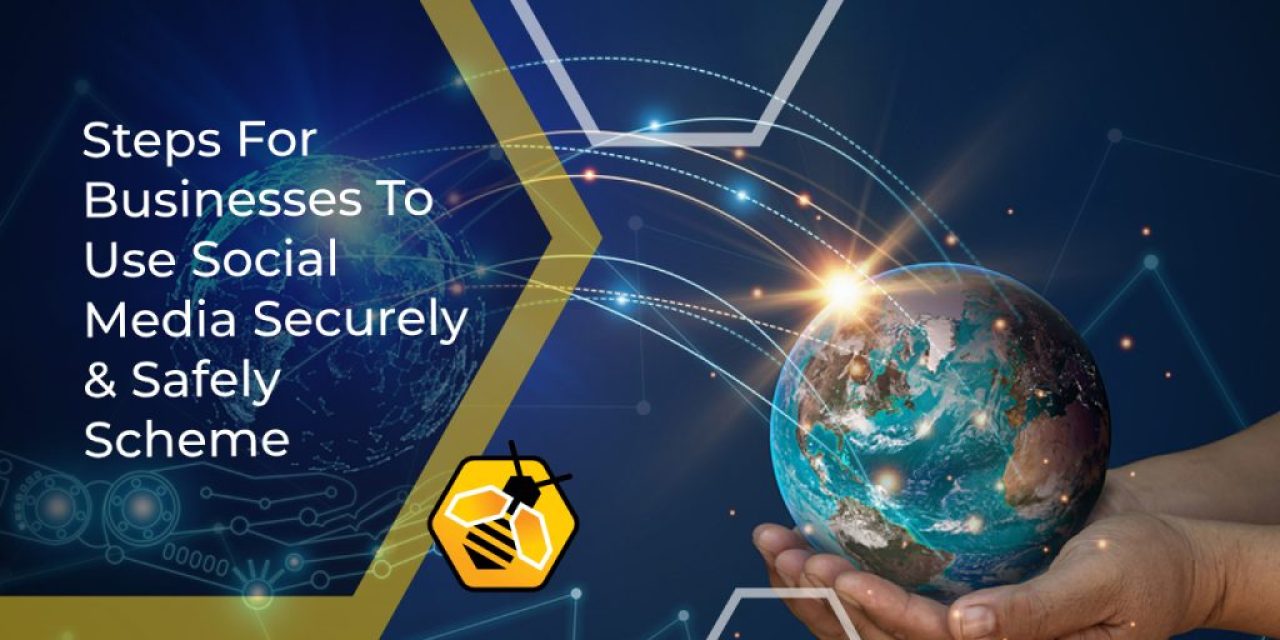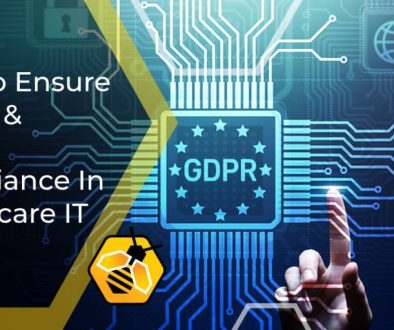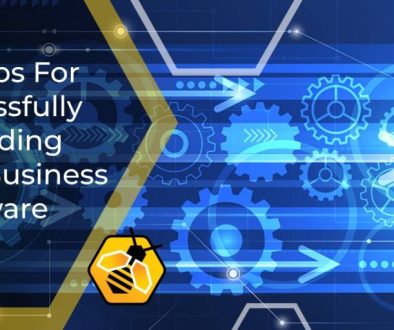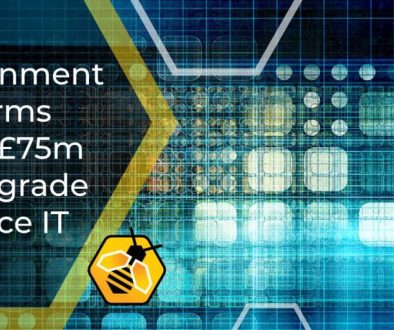Steps For Businesses To Use Social Media Securely & Safely
When it comes to cybersecurity issues for businesses, social media can be an overlooked risk. Many businesses assume that social media platforms have built-in security measures that will provide them with adequate protection, but this is far from the case.
Whether you run a small business through social media, or use it as a digital marketing tool to build up a loyal customer base, there is no room for complacency against cyberattacks. Here’s a look at some of the most common social media business risks to be aware of, and how to mitigate them.
It may be beneficial to work with a specialist IT provider such as our Wakefield services for more tailored advice on your social media security strategy. They will be able to carry out independent vulnerability assessments and make recommendations for advanced security measures to implement.
Using unsecured devices
Social media accounts may be accessed by staff members from their personal phones, which may be necessary for convenience and to check that the content is displayed correctly. However, ideally the social media accounts should only be accessed from secure company devices that are fully up to date with the latest antivirus software.
If it is not possible to avoid employees from accessing the social media accounts from personal devices, put a clear security policy in place to minimise exposure to risk.
Incorrect use by staff
Social media for businesses has many advantages, allowing for a fast, informal and organic way to reach new customers. However, this flexibility also has the potential to be misused, either deliberately or down to lack of awareness.
Ensure that your business has clear guidelines in place around social media content, and that all staff understand the importance of never posting personal views or poorly judged remarks that could damage the reputation of the business. Remember that any deliberately malicious or inappropriate remarks could be shared and seen by millions of people.
Specify any topics that should be avoided, and give examples of what is acceptable content and the correct tone of voice to use. The staff should also be trained in how to interact with customer comments and how to deal with any negative, damaging or aggressive comments.
Inadequately trained staff may also unintentionally share fake news or misinformation online, or click on phishing emails or malicious links, potentially allowing hackers to access sensitive data.
Staff should also be aware of catfishing, which is when an attacker uses another person’s identity to gain access to sensitive information. Always direct customers to another channel of contact if there is room for doubt.
Limit staff access to social media accounts
To mitigate the risk of misuse, limit the number of staff who have access to your social media accounts. All staff authorised to access them should be fully trained in the risks, and understand the importance of maintaining the official company line at all times.
The posts should pass through an authorisation channel via a senior staff member before going live. Any staff member who leaves or moves to another job role should have their access immediately revoked, and any shared passwords should be changed.
Use two-factor authentication
Social media accounts should be protected by two-factor authentication (2FA) to safeguard them from unauthorised access. Even if a hacker is not able to access sensitive information, they can still cause immense damage to the business, from posting malicious content to holding the account to ransom at the risk of losing thousands of valuable followers.
By implementing 2FA, the attacker will not be able to access the account without a secondary authentication mechanism, such as using a unique code sent to a verified device. Furthermore, all social media account passwords should be regularly updated and sufficiently complex to make them secure.
Shut down unused accounts correctly
It can be easy to set up a social media account in the business name and forget about it or only post inconsistently. This can leave them unattended for long periods, making them more vulnerable to hackers. Use automated social media manager tools to monitor and detect suspicious content and alert you to any accounts that need to be closed.
Put a response and recovery plan in place
Even with stringent security measures in place, it’s still possible for social media accounts to be compromised. This should focus first on regaining control of the accounts, and taking steps to address any unauthorised posts.
